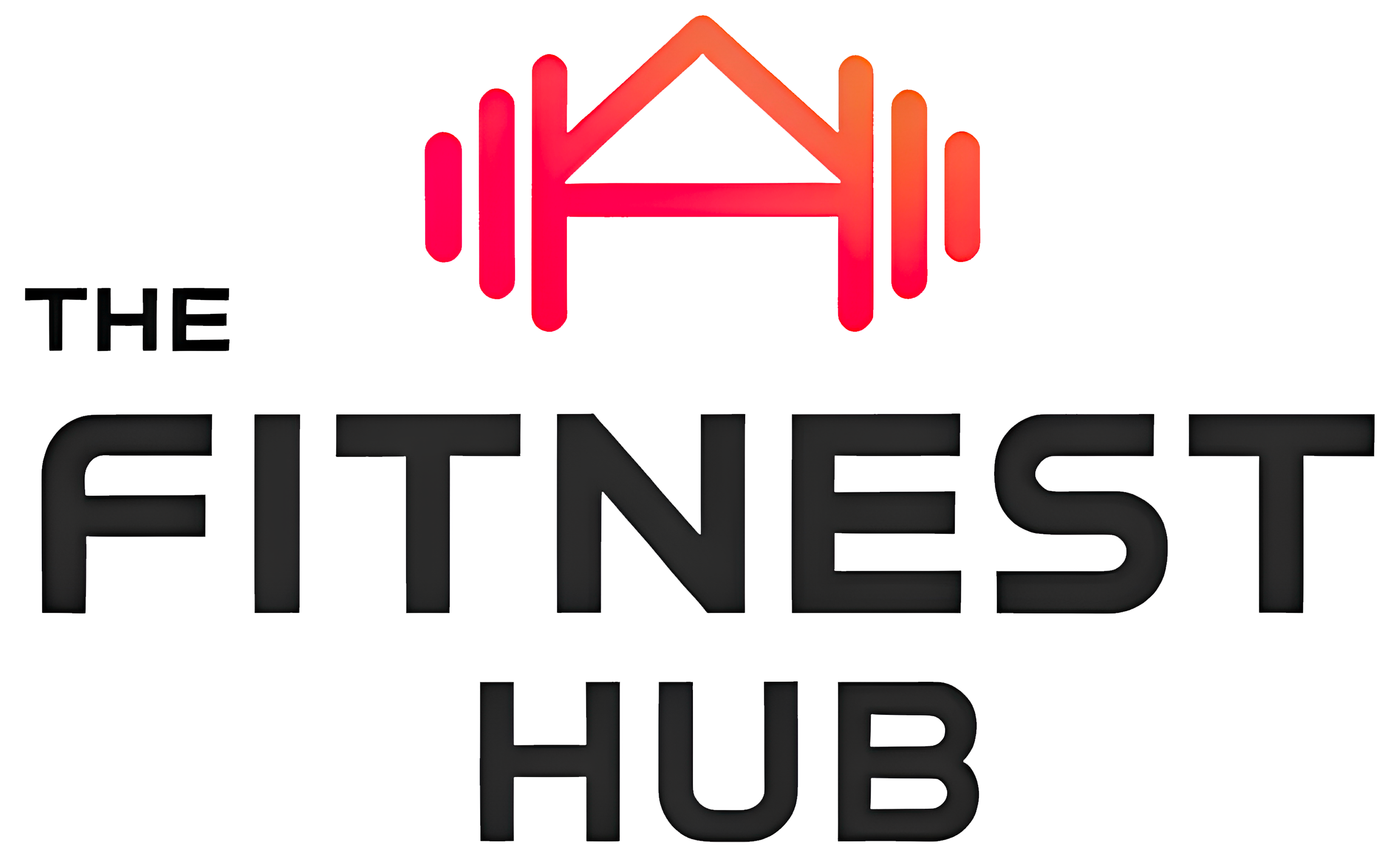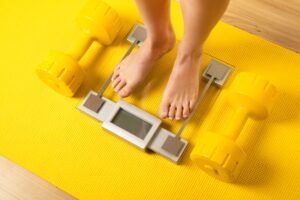Bodyweight squats are one of the foundational movements for strengthening your lower body. It’s a natural, functional exercise that activates multiple muscle groups at once, enhancing your strength, mobility, and balance. Plus, since no equipment is needed, you can do them anywhere — making them perfect for beginners and advanced athletes alike.
What Are Bodyweight Squats?
A bodyweight squat involves bending the knees and hips to lower your body down, as if you were going to sit on an invisible chair. As you descend, it’s crucial to keep your back straight and core engaged to ensure a safe and effective movement. The motion ends by pushing through your legs to return to a standing position, using the power of your lower body muscles.
This exercise primarily targets the quadriceps, glutes, and hamstrings, but it also engages your core and the stabilizing muscles of your lower body. This synergy helps improve posture and joint stability, making squats a functional movement you’ll benefit from in everyday life. Plus, since you can adjust depth and intensity, it’s an excellent way to progressively build strength and muscular endurance.
Benefits of Bodyweight Squats
1. Strengthen Legs and Glutes
Squats deeply activate your leg muscles, improving strength and endurance — making them a must for anyone looking to boost performance and mobility. The glutes work especially hard during the upward phase, which helps build shape, tone, and supports better posture and pelvic stability.
2. Improve Stability and Coordination
As a multi-joint movement, squats help enhance overall body stability by also engaging your core and improving body awareness. A strong core means better balance — which is crucial not only for athletic performance but also for daily movement and injury prevention.
3. Boost Joint Mobility
Doing squats regularly increases flexibility and mobility in your hips, knees, and ankles, helping you move more freely and naturally. It enhances your joint range of motion and allows for more efficient execution of both everyday tasks and athletic movements. Better mobility also means less risk of muscle and tendon injuries and better load distribution during workouts.
4. Burn Calories and Stimulate Metabolism
Because squats activate large muscle groups, they raise your calorie burn and stimulate your metabolism — making them great for fat loss. The energy demand of squats helps maintain a caloric deficit, which is key to weight loss. Plus, the intense muscle activation improves insulin sensitivity and boosts long-term metabolic health and body composition.
5. Enhance Athletic Performance
Squats increase explosive power, speed, and agility, which makes them essential for athletes and active individuals. They improve muscle reactivity, which is vital for sports like football, basketball, and track. Regularly training fast-twitch muscle fibers through squats improves quick, precise movement and reduces injury risks during sudden accelerations or changes in direction.
How to Perform Bodyweight Squats Correctly
To get the most out of your squats — and avoid injury — follow these steps:
- Starting position: Stand with your feet shoulder-width apart and toes slightly turned outward.
- Lowering phase: Push your hips back and bend your knees, keeping your chest up and your core engaged.
- Depth: Lower until your thighs are parallel to the ground — or lower if your mobility allows.
- Rising phase: Push through your heels to return to standing, squeezing your glutes at the top.
Common Mistakes to Avoid
- Letting knees go past your toes: Keep your knees aligned with your feet to avoid joint strain.
- Rounding your back: Always keep a neutral spine to protect your lower back.
- Lifting your heels off the ground: Make sure your weight stays evenly distributed, mainly on your heels.
Variations of Bodyweight Squats
To make your squat workouts more interesting and adapt them to different fitness levels, try these variations:
- Sumo squat: Wider stance with toes pointed out to place more emphasis on the glutes.
- Jump squat: Add an explosive jump at the top to increase cardio intensity.
- Bulgarian split squat: A single-leg version that improves balance and unilateral strength.
- Isometric squat hold: Stay in the squat position for several seconds to build muscular endurance.
How to Incorporate Squats Into Your Training
Here are some ways to use bodyweight squats effectively:
- Finisher: Burn out your legs and glutes with high-rep sets to end your workout strong.
- As a warm-up: Do 2–3 light sets before more intense workouts.
- Main workout: Combine regular squats with other variations for a full lower body session.




